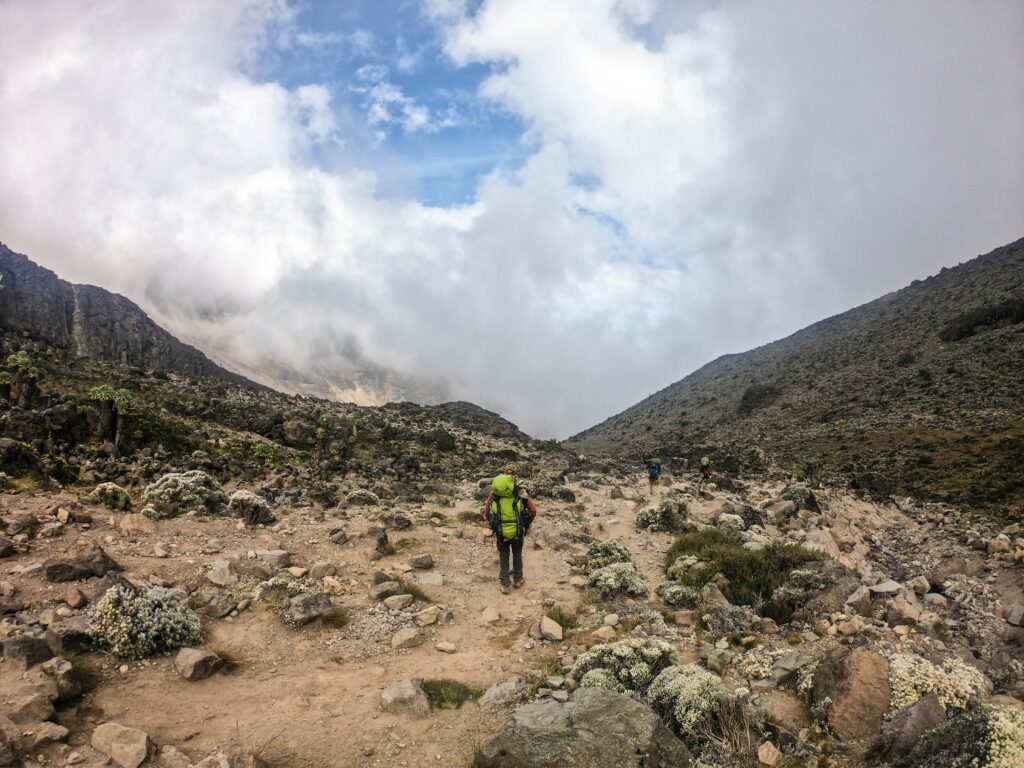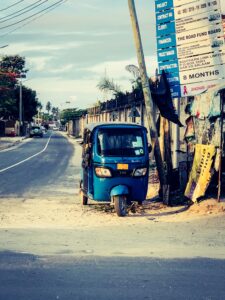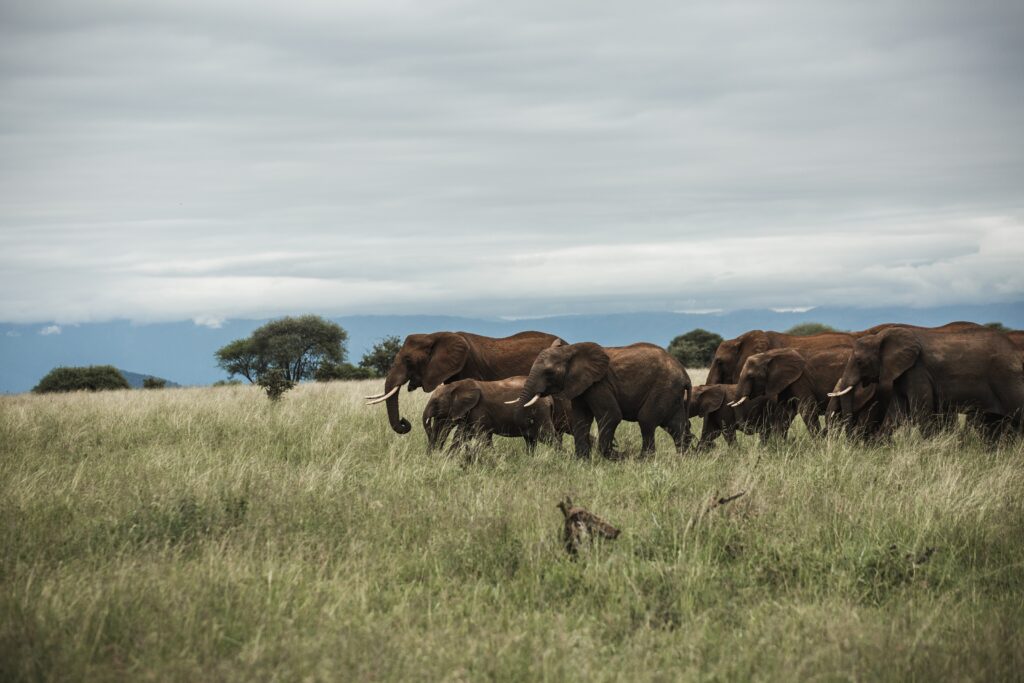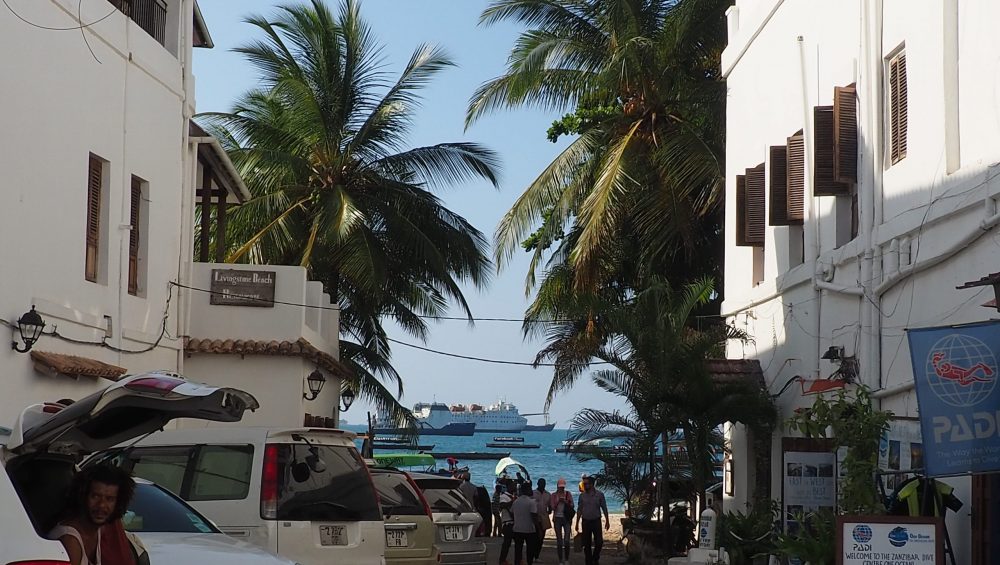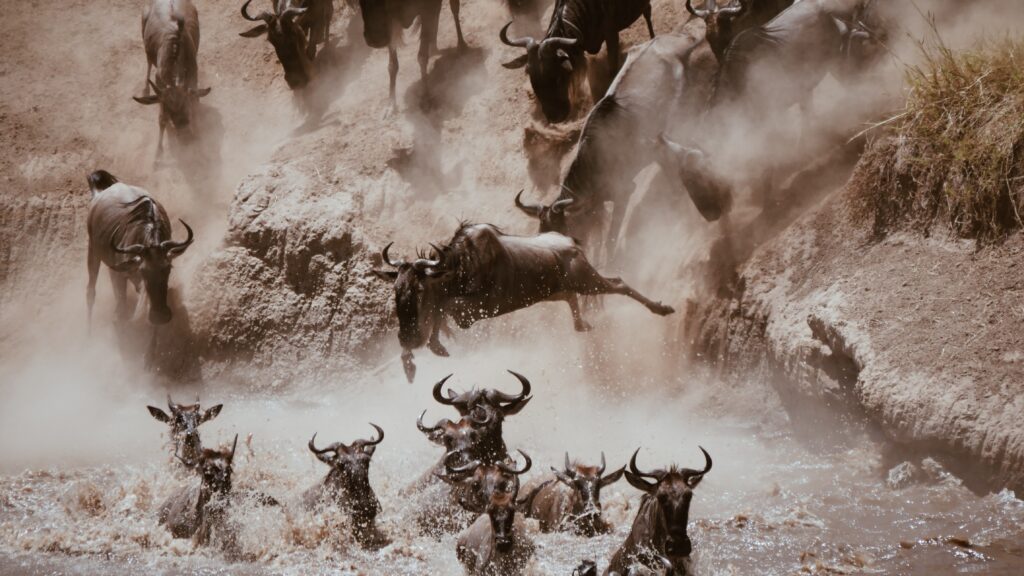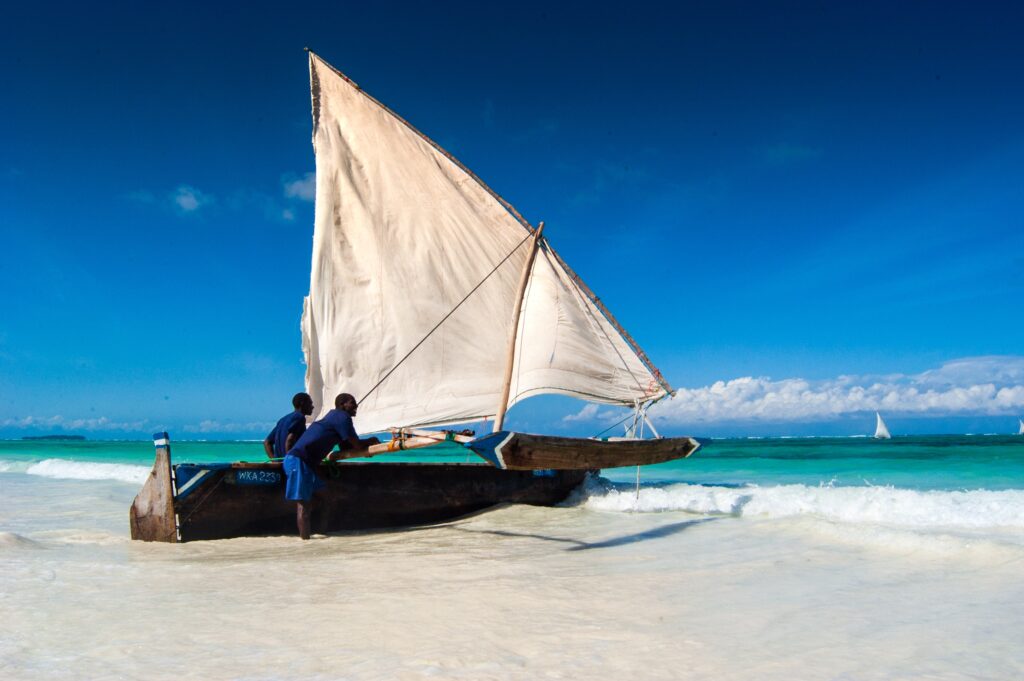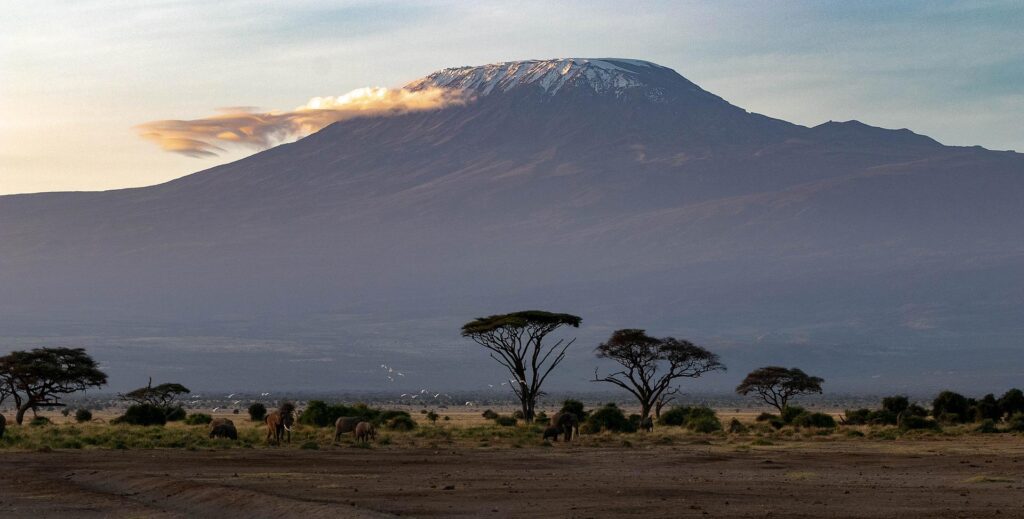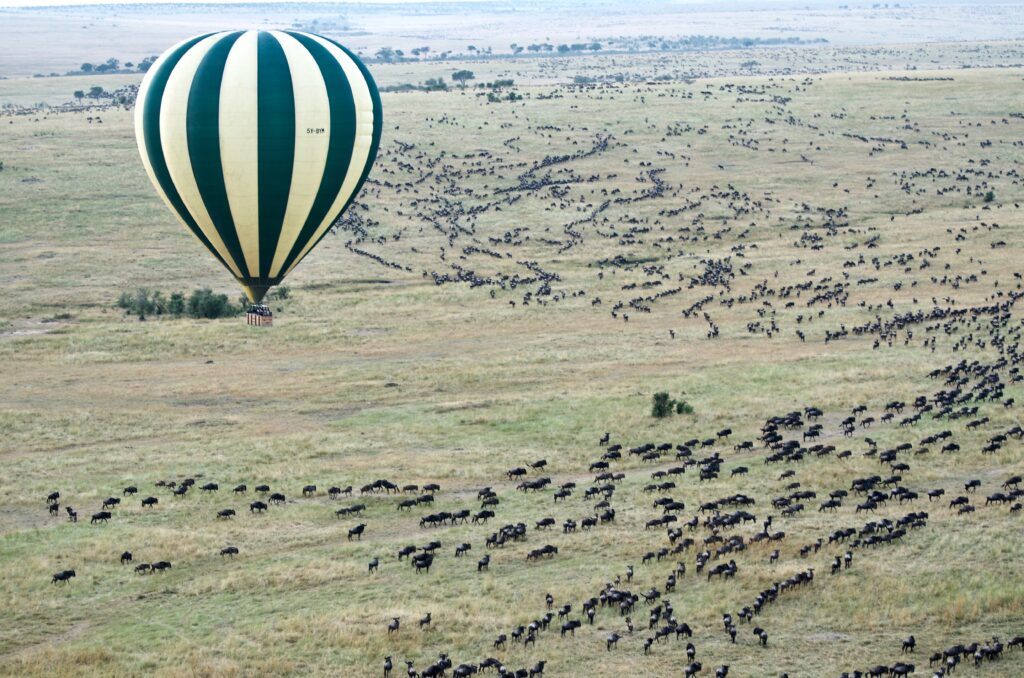Things to see and do in Arusha, Tanzania
Things to do and see in Arusha, Tanzania

HIGHLIGHTS OF ARUSHA
-
Mount Kilimanjaro: Arusha serves as a gateway to Mount Kilimanjaro, the highest peak in Africa. Many climbers start their journey from Arusha, making it a popular destination for adventure enthusiasts.
-
Serengeti National Park: Arusha is the starting point for safaris to the world-renowned Serengeti National Park. This vast wilderness is known for its annual wildebeest migration, where millions of animals traverse the plains in search of fresh grazing.
-
Ngorongoro Crater: Just a short distance from Arusha, the Ngorongoro Crater is a breathtaking natural wonder. It is a massive volcanic caldera teeming with diverse wildlife, including elephants, lions, rhinos, and zebras. The crater offers stunning panoramic views and is a UNESCO World Heritage Site.
Tarangire National Park: Another popular safari destination near Arusha is Tarangire National Park. It is famous for its large herds of elephants, ancient baobab trees, and diverse birdlife.
-
Cultural Experiences: Arusha is home to various cultural experiences that allow visitors to learn about the local customs and traditions of Tanzania. You can visit local Maasai villages, interact with the Maasai people, and witness their unique way of life.
-
Arusha National Park: Situated at the foot of Mount Meru, Arusha National Park offers picturesque landscapes, including lush rainforests, sparkling lakes, and a dormant volcano. It is an excellent destination for walking safaris and offers opportunities for wildlife viewing, including giraffes, buffalos, and colobus monkeys.
-
Coffee Plantations: Arusha is surrounded by lush coffee plantations, and a visit to one of these estates offers a chance to learn about the coffee-making process, from harvesting the beans to brewing a delicious cup of Tanzanian coffee.
-
Cultural Heritage Centre: This vibrant center in Arusha showcases Tanzanian art, culture, and handicrafts. It is an ideal place to shop for unique souvenirs, such as handcrafted jewelry, carvings, textiles, and paintings.
-
Arusha Clock Tower: The iconic Clock Tower in the heart of Arusha is a symbol of the city. It serves as a meeting point and a central landmark, surrounded by shops, restaurants, and bustling activity.
-
Vibrant Markets: Arusha’s bustling markets, such as the Maasai Market and the Central Market, offer a vibrant shopping experience where you can find a variety of goods, including colorful fabrics, spices, fresh produce, and local crafts.
Things to see and do in Arusha
Arusha offers a multitude of attractions and activities for visitors to enjoy. Here are some of the top things to see and do in the area:
Clock Tower: Located in the heart of the city, the Clock Tower serves as a popular meeting point and is surrounded by bustling local life. Although the myth of it being the midpoint between Cape Town and Cairo is false, it adds an intriguing element to its charm.
Central and Maasai Markets: Experience the vibrant and chaotic atmosphere of these markets, where you can find a wide range of goods, from fresh produce and meat to fabrics and electronics. The Maasai Markets are particularly known for their selection of African art and curios, but be cautious of pickpockets and be prepared to negotiate prices.
Cultural Heritage Centre: This multifaceted center features a museum, a spice center, shops, and a garden adorned with stunning sculptures. Don’t miss the Makonde Museum, showcasing intricately carved masks.
Tanzanite Experience: Learn about the captivating history of tanzanite, a precious gemstone found in Tanzania, and explore their mining process. Consider taking home a piece of this unique gem as a memento.
Boma Museum: Housed within a former German fort, the Boma Museum offers insights into both the colonial history of the town and the local tribal heritage. It also houses the Natural History Museum, where you can delve into the region’s archaeology, paleoanthropology, and wildlife.
Shanga: Located on the Dodoma Road, Shanga is an extraordinary center that showcases the talents of disabled artists who create exquisite glasswork, beadwork, jewelry, and clothing. Explore the boutiques and savor a meal at the open-air restaurant.
Meserani Snake Park: Venture a little further from Arusha to visit the Meserani Snake Park. Here, you can encounter a diverse range of snakes, learn about their fascinating lives, and even have the opportunity to handle them. The park also features a small Maasai Museum and offers camel rides for an additional experience.
Getting there
Arusha is conveniently served by two airports. Arusha Airport operates daily flights from various local destinations, ensuring easy access to the city for domestic travelers. On the other hand, Kilimanjaro International Airport offers daily flights from both local African airlines as well as international carriers, connecting Arusha to destinations worldwide. Whether you’re traveling locally or arriving from afar, these airports provide convenient options for reaching and departing from Arusha.




